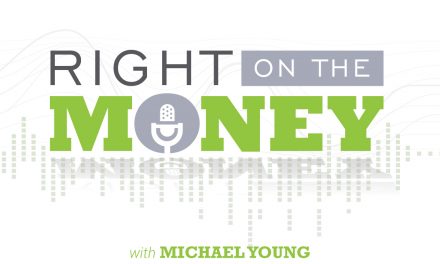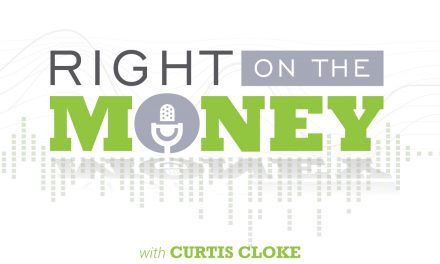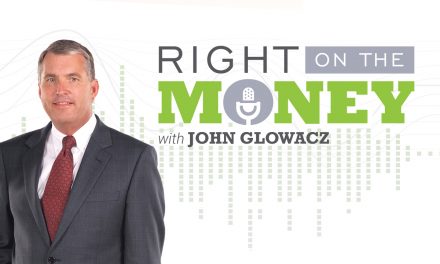Analyzing the ACA’s Penalties & Their Effect on Employers
In this segment, industry expert Kathy Garza talks about hurdles employers face in terms of financial penalization under the ACA, and some of the reasons why employers offer coverage when it is often more expensive to do so than it is to pay the employer mandate penalty for not offering coverage to employees. She shares some of her personal experiences which have shaped her approach to helping employers devise a strategy to mitigate cost through penalization and cost of health insurance, as well as being able to offer employees choice at the same time.
In our previous segments, we covered minimum value, and discussed the various financial penalties that exist for various instances of non-compliance under the Affordable Care Act, both for individuals and businesses. The penalty amounts the ACA has outlined are not exactly what anyone would refer to as “cheap.”
In a cruel twist of irony, it is also no secret the term “affordable” is really the last word to describe health insurance plans following the enacting of the Affordable Care Act. The cost of health insurance is high, and the pain is being felt across the nation.
This begs the question…would an employer be better off paying financial penalties rather than offering health insurance coverage to their employees? What is the benefit? Quite often, the cost of health insurance coverage is significantly higher than the financial penalties for not offering coverage, after all.
Before answering those questions, there are a few things that need to be considered.
First, the financial penalty an ALE is subject to for not offering coverage is generally not tax deductible to the business, whereas employer contributions to their employees’ insurance premiums typically are tax deductible for the business.
Secondly, speaking of employer contributions, an ALE does not have to foot the entire bill by itself. There can be cost sharing between the employer and the employees. This helps tremendously, since the ALE does not have to shoulder the entire cost of the health insurance coverage.
Thirdly, offering benefits such as medical insurance, dental insurance, vision insurance, life and AD&D insurance, 401(k) s, etc., tend to help a business attract and retain top-quality personnel. In fact, the quality of benefits an employer offers can often be a make-or-break factor when recruiting candidates to join an employer organization.
Lastly, the flexibility of an employer being able to offer multiple plans helps an employer to manage costs, because penalization is typically based on the lowest cost plan the employer offers. For example, this means an employer can offer a variety of choices to employees at various price points while basing their employer contribution on the lowest-cost option.
Watch the video interview with industry expert and contributing author Kathy Garza as she talks in detail about the reasons an employer offers medical coverage in different scenarios, including when they’re not required to, or when the cost of penalization is significantly less than the cost of the health insurance coverage itself. She also shares some personal experiences she’s had with clients that relate to some of the issues employers face as a result of the Affordable Care Act.
Nationally syndicated financial columnist Steve Savant interviews employee benefit specialist Kathy Garza on the Obamacare Update. Right on the Money is a weekly one-hour online broadcast for TV and radio distribution. The show contains five ten-minute segments that are redistributed online as individual video press releases.





